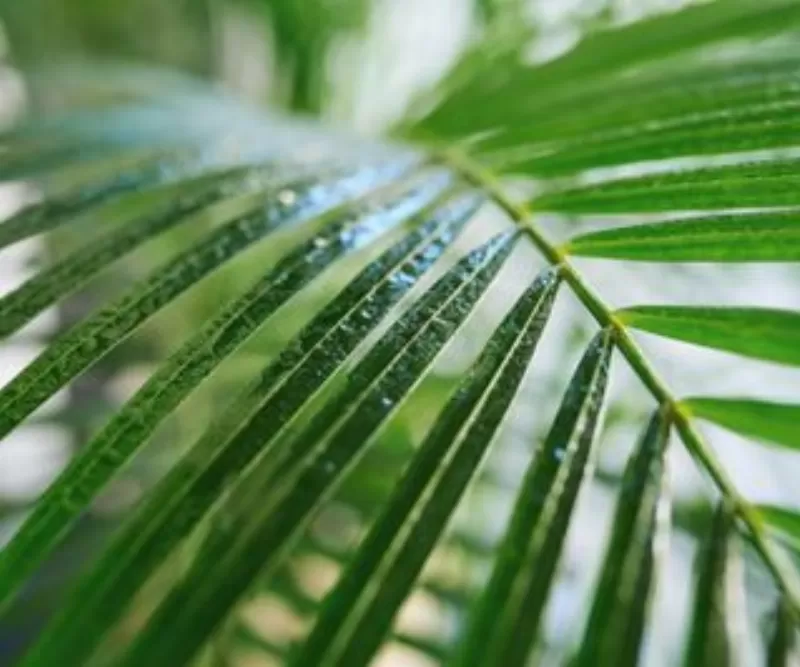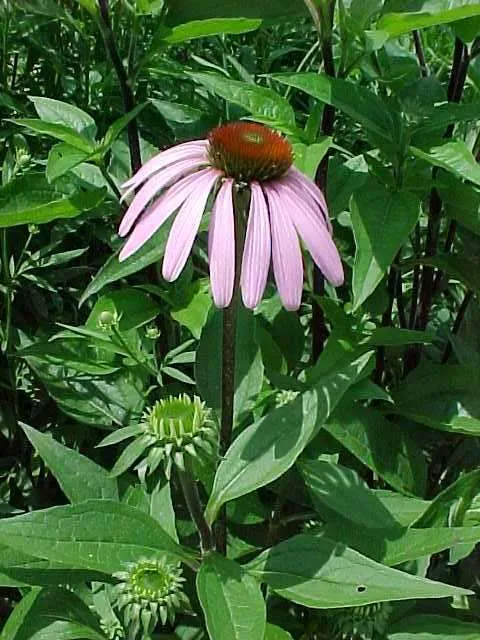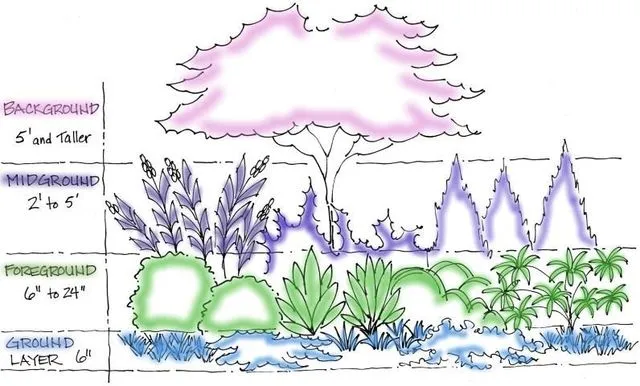- Discover the power of foliar uptake: Learn how certain houseplants can naturally absorb moisture from the air.
- Perfect for humid spaces: These plants thrive in bathrooms, kitchens, and other areas prone to dampness.
- Easy care tips: Find out how to keep these humidity-loving plants healthy and vibrant.
- Beyond moisture absorption: Explore the added benefits of these plants, from air purification to aesthetic appeal.
Winter often brings unwelcome guests: condensation on windows and excess moisture in the air. While dehumidifiers and moisture-absorbing products can help, incorporating specific houseplants can also contribute to a fresher, more balanced indoor environment. These plants utilize a natural process called foliar uptake to absorb moisture, making them ideal for naturally humid areas of your home.
Contents
How Do Houseplants Absorb Moisture?

Close-up of a houseplant’s leaves, demonstrating their ability to absorb moisture from the surrounding air.
The secret lies in a fascinating process called foliar uptake. Plants, through tiny pores called stomata on their leaves and stems, can absorb water directly from the air. This is especially common in plants native to humid or foggy environments, where foliar uptake helps them supplement their water intake. While the effect is less pronounced indoors than in a rainforest, these plants can still make a noticeable difference in regulating humidity levels in your home.
5 Houseplants That Absorb Moisture
1. Orchids
 White and pink moth orchids
White and pink moth orchids
A vibrant display of white and pink moth orchids, showcasing their elegant blooms and air-purifying qualities.
Orchids, particularly moth orchids, are well-known for their ability to absorb moisture through their aerial roots and leaves. These epiphytes, which naturally grow on trees, have adapted to absorb nutrients, including water, from the air. Misting orchids can further enhance this process, providing them with the humidity they crave.
- Scientific Name: Phalaenopsis (Moth Orchid)
- Common Name: Moth Orchid
- Zone: 10-12
- Light: Bright, indirect light
- Humidity: High (60-80%)
- Water: When roots appear silver
2. Ferns

A lush Boston fern, known for its ability to absorb moisture and add a touch of greenery to indoor spaces.
Ferns, with their delicate fronds, are another excellent choice for moisture absorption. Whether you opt for a Boston fern, asparagus fern, or bird’s nest fern, these plants can effectively draw moisture from the air while adding a touch of elegance to your home. Ensure they receive adequate indirect light and avoid direct sunlight, which can scorch their leaves.
- Scientific Name: Nephrolepis exaltata (Boston Fern)
- Common Name: Boston Fern
- Zone: 9-11
- Light: Medium to bright, indirect light
- Humidity: High (50-80%)
- Water: Keep soil consistently moist
3. Pothos

A vibrant neon pothos cascading from a hanging basket, showcasing its air-purifying and moisture-absorbing capabilities.
Pothos are versatile and easy-to-care-for vining plants that excel at absorbing moisture. Their air-purifying qualities are a bonus, making them a popular choice for improving indoor air quality. These plants thrive in bright, indirect light and prefer well-draining soil.
- Scientific Name: Epipremnum aureum
- Common Name: Pothos, Devil’s Ivy
- Zone: 10-12
- Light: Bright, indirect light
- Humidity: Moderate to high
- Water: When the top inch of soil is dry
4. Bromeliads

A striking red bromeliad, highlighting its unique rosette structure that helps it capture and absorb moisture.
Bromeliads, with their vibrant colors and unique rosette structure, are adapted to absorbing moisture through their leaves. These tropical plants prefer sunny locations and consistent moisture, making them a great addition to a bright bathroom or kitchen.
- Scientific Name: Bromeliaceae
- Common Name: Bromeliad
- Zone: 9-11
- Light: Bright, indirect light
- Humidity: Moderate to high
- Water: Keep the central rosette filled with water
5. Rubber Plants

A healthy rubber plant with glossy leaves, demonstrating its ability to thrive in humid environments and absorb excess moisture.
Rubber plants, native to Southeast Asia, naturally thrive in humid environments. These plants tolerate a range of humidity levels and prefer indirect light, making them relatively low-maintenance options for moisture control.
- Scientific Name: Ficus elastica
- Common Name: Rubber Plant, Rubber Fig
- Zone: 9-11
- Light: Bright, indirect light
- Humidity: Moderate to high
- Water: When the top three inches of soil are dry
While these houseplants can effectively absorb moisture and contribute to a healthier indoor environment, they are not a replacement for proper ventilation and other humidity control methods. However, incorporating these plants into your home can be a beautiful and natural way to manage excess moisture, especially in smaller spaces. Share your experiences with these humidity-loving plants in the comments below!







































